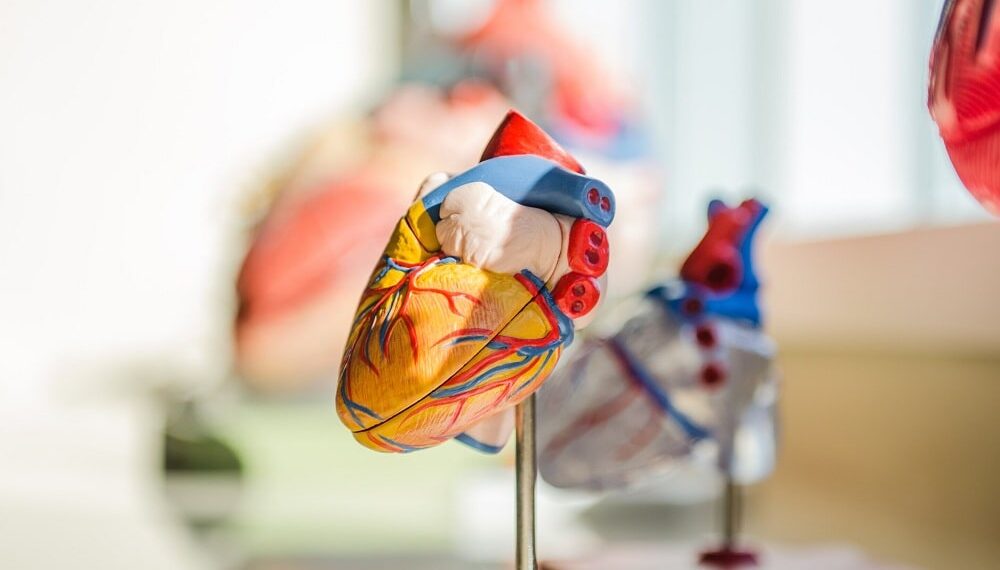Researchers, in a new study, showed that using a clinical decision support system that stimulates doctors to provide personalised informational handouts about a patient’s cardiovascular risk and treatment recommendations can dramatically lower heart disease risk for patients with severe mental illness (SMI).
The study was published in the journal JAMA Network Open and was funded by a collaborative partnership with the National Institutes of Health. One of the first randomized trials to enhance cardiovascular health in a broad US population of outpatients with SMI, this study is a game changer. Primary care clinics treating patients with SMI have a practical tool for tackling the primary cause of premature mortality in these patients, as stated by Susan T. Azrin, Ph.D., chief of the National Institute of Mental Health’s Premature Mortality in SMI Research Program.
For those diagnosed with SMI (schizophrenia, schizoaffective disorder, as well as bipolar illness), cardiovascular disease is the major cause of fatality. Tobacco, obesity, diabetes, and cholesterol are all associated with an increased risk of cardiovascular disease in patients with SMI. Furthermore, due to their effects on weight, insulin sensitivity, and lipid metabolism, several drugs included to treat SMI can raise cardiometabolic risk.
The research team led by a senior research investigator at HealthPartners Institute in Minneapolis, Rebecca Rossom, looked at whether using a clinical decision support system to help provide individualised information about cardiovascular risk could reduce that risk and improve cardiovascular health in adult patients with SMI in this study.
In Minnesota, North Dakota, and Wisconsin, the research comprised 76 primary healthcare clinics, which were part of three medical systems that provided care to patients. The intervention (42 clinics) and control (34 clinics) groups of health care sites were assigned at random. Approximately 9,000 patients between the ages of 18 and 75 were enrolled in the control and intervention groups, all of whom had been identified with SMI and also had at least one cardiovascular risk factor that was not within a healthy objective range. Clinics in the intervention group used a clinical decision support system to instruct their health care staff to print and disseminate shared decision-making handouts for patients and clinicians that included customized information about patients’ cardiovascular risk and treatment options.
Dr. Rossom said that the patient and clinician printouts were supposed to become joint decision-making tools to help patients know their risks and let doctors swiftly extract patient preferences for managing those risks. They created the shared decision-making tools to reduce clinic disturbances and provide primary care providers with a quick overview of a patient’s cardiovascular risk and recommended interventions.
During the 12 months following the first patient visit, the researchers looked at modifiable cardiovascular risk variables. Patients in intervention locations showed a 4 percent lower rise in variable cardiovascular risk than patients at control sites, according to the researchers. There were no substantial effects on any one modifiable risk factor. Instead, they discovered that the drop in total risk was triggered by a mix of improvements across all risk factors.
While the difference in modifiable cardiovascular risk as a result of the intervention may appear tiny at 4%, it is clinically considerable and corresponds to potentially averting three heart attacks or strokes for each 1,000 patients with SMI, Dr. Rossom said. They have over 30,000 patients with SMI in the medical group alone, so this intervention could prevent up to 90 heart attacks or strokes. Furthermore, they have no idea what benefits could be gained from extending this intervention beyond the 12 months that they investigated it.
Bipolar illness patients saw the largest changes in risk factors, followed by schizoaffective disorder sufferers, and lastly, schizophrenia sufferers. The intervention was more beneficial for young and middle-aged individuals (those aged 18–29 and 50–59). The NIMH’s aim is to use scientific and clinical research to revolutionise the knowledge and treatment of mental diseases, paving the way for protection, recovery, and cure. The National Institutes of Health (NIH), which is part of the US Department of Health and Human Services, is the country’s medical research agency, with 27 institutes and centres.



















